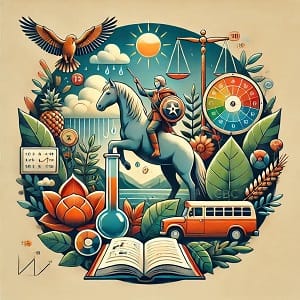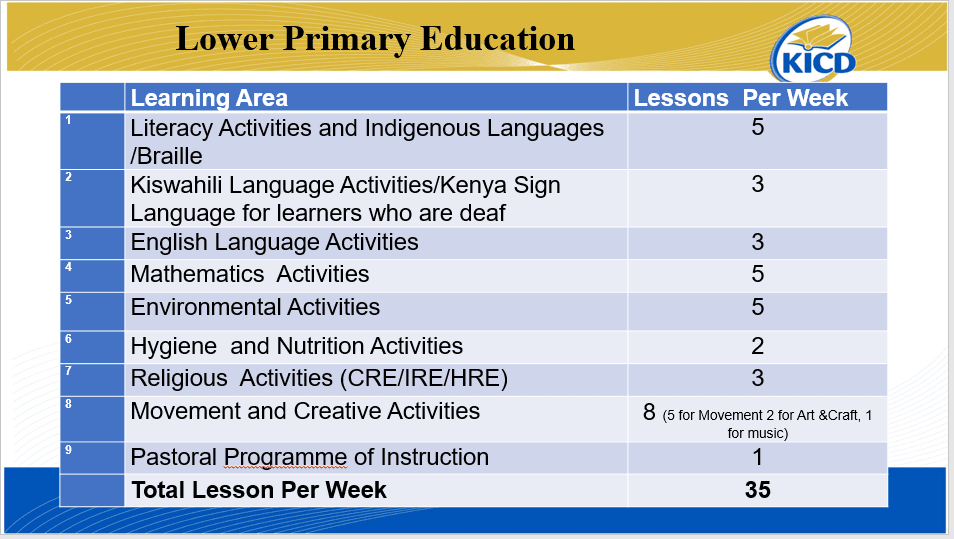Understanding Beekeeping: Key Components and Factors Affecting Honey Quality
🍯 Factors Affecting Honey Quality 🐝 Understanding what makes honey delicious and nutritious 🌺 Types.…

In the foundational years of education, particularly from Grade 1 to Grade 6, a comprehensive curriculum is vital for nurturing well-rounded learners. The Kenya Institute of Curriculum Development (KICD) outlines essential learning areas that ensure children receive a balanced education. Here’s a closer look at these areas and their respective lesson allocations per week.

The curriculum for lower primary education reflects a commitment to fostering an inclusive and engaging learning environment. By covering a diverse range of subjects, educators can cater to various learning styles and needs, ultimately preparing students for future academic and personal success.
This structured approach not only equips students with essential skills but also instills values and knowledge that will guide them throughout their educational journey. The KICD’s curriculum aims to create well-rounded individuals ready to contribute positively to society.
Posted on by Elimu Assistant Team
🍯 Factors Affecting Honey Quality 🐝 Understanding what makes honey delicious and nutritious 🌺 Types.…
Posted on by Elimu Assistant Team
Protein Power Foods 🥩 Fuel your body with these excellent protein sources Animal-Based Proteins 🐄…
Posted on by Elimu Assistant Team
🏥 Health Promotion Community Challenges 🏥 Identifying and understanding common obstacles in local he…
Posted on by Elimu Assistant Team
Official KNEC Submission Guidelines for Schools The Kenya National Examinations Council has issued t…
Get in Touch!If you need any educational resources, feel free to reach out directly. I'm here to help!Name: Mr. Atika Email: nyamotima@yahoo.com Phone: 📞 0728 450 425Let’s empower your learning journey together!
Elimu Assistant
Access a wide range of academic resources, including KCSE past papers, mathematics, and chemistry materials to enhance your exam preparation. | WhatsApp! | Telegram! |
Elimuspace
Access a wealth of information, including job opportunities, news, and academic materials. Stay updated and connected with a community of followers. |Join Elimuspace Now!|